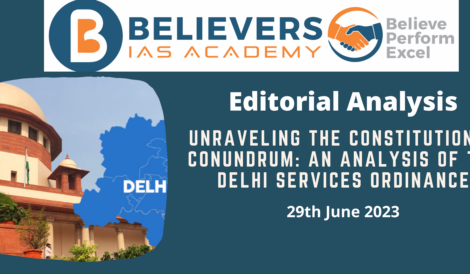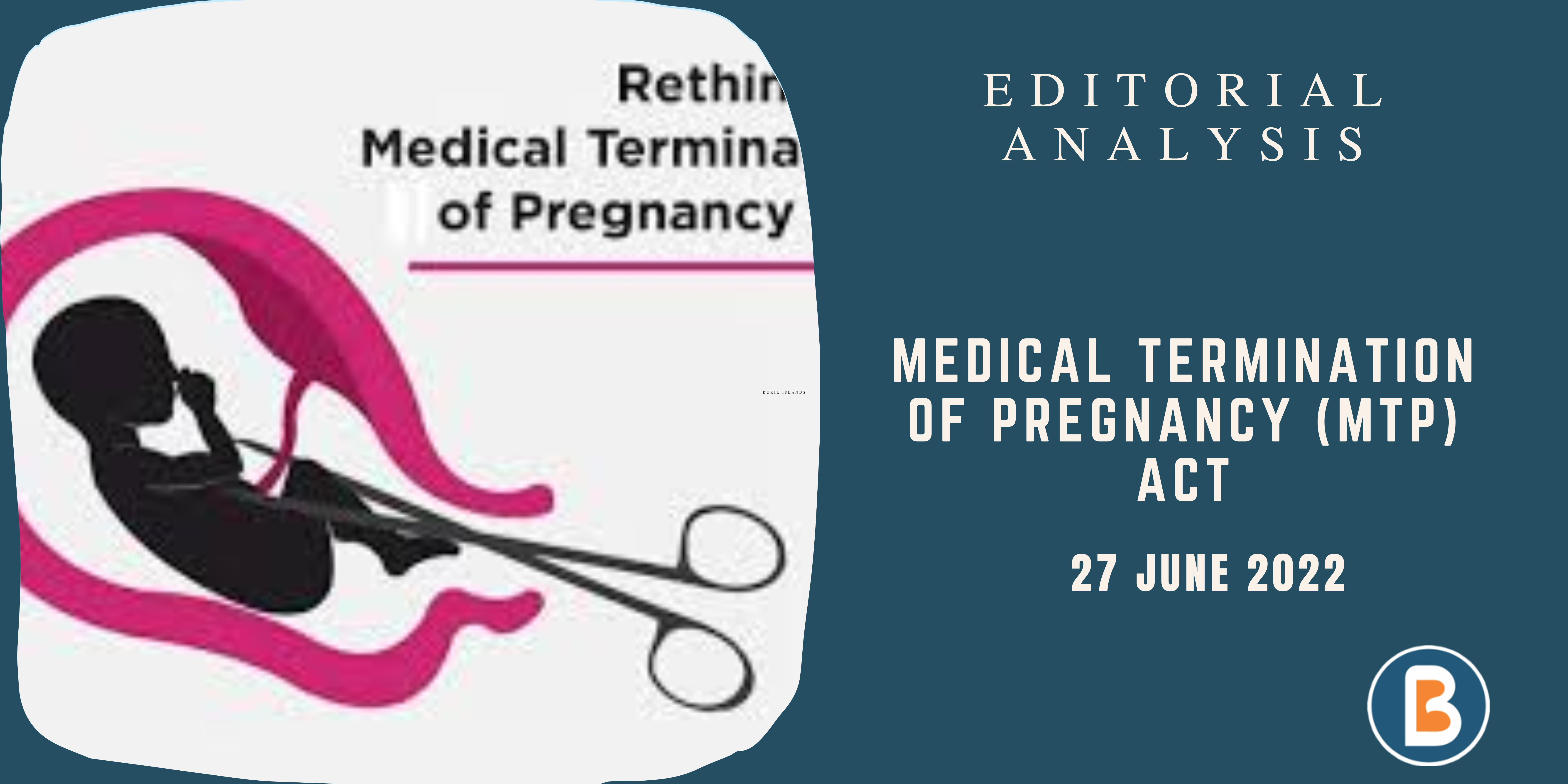A milestone in Hindu marriage reform in India
Context:
In a surprising turn of events, Illavarasan, a young resident of Tamil Nadu, found himself entangled in a legal conundrum regarding his Suyamariyathai marriage. This unique form of marriage, legitimized under the Hindu Marriage (Tamil Nadu Amendment) Act 1967, faced an unexpected challenge in the Madras High Court. This very court, back in 1953, had declared such marriages null and void due to their deviation from traditional Hindu marriage rituals.
Relevance:
GS – 01, GS – 02 (Social Empowerment, Judgements & Cases, Indian Society)
Prelims:
Special Marriage Act 1954, UK’s Marriage Act of 1949, Inheritance rights, Muslim Marriage Act, 1954, Hindu Marriage Act 1955.
Mains Question:
Examine the historical and legal evolution of Suyamariyathai marriages in Tamil Nadu, highlighting the complexities they face in the contemporary legal landscape. Discuss the role of legislative amendments and judicial interpretations in shaping the status of such marriages. (250 words)
Self-Respect Marriages:
Overview:
- Self-Respect Marriage is a progressive movement originating in South Asia with the overarching goal of achieving a society where backward castes enjoy equal human rights and encouraging these marginalized communities to nurture self-esteem within a caste-based societal framework that historically relegated them to the lowest rung of the hierarchy.
Aim:
- The primary objective of the Self-Respect Marriage movement is to dismantle the deeply entrenched practice of caste endogamy and empower individuals from marginalized castes to lead lives of dignity and respect.
Trailblazer:
- Periyar E. V. Ramasamy emerged as the driving force behind this movement, particularly in the state of Tamil Nadu, where he vehemently opposed the prevailing Brahmanical norms and practices that perpetuated caste-based discrimination.
Commencement:
- The movement was formally launched in 1925, and a significant milestone was achieved in 1928 with the first Self-Respect Marriage, solemnized by none other than Periyar himself.
Distinctive Features:
- Periyar’s vision for Self-Respect Marriages revolves around promoting inter-caste unions founded on principles of mutual respect and equality. These marriages defy entrenched patriarchal norms and notions of possession. Over time, individuals have turned to Self-Respect Marriages as a means to reclaim agency, fostering companionships rooted in dignity and egalitarianism.
The Hindu Marriage (Tamil Nadu Amendment) Act, 1967:
- A pivotal moment in the evolution of Self-Respect Marriages occurred in 1968 when the Hindu Marriage (Tamil Nadu Amendment) Act was passed, introducing Section 7-A. This legal provision validated Self-Respect and secular marriages between two Hindus who meet the minimum age requirement for marriage. These marriages must also be registered in accordance with the law.
Distinct Ceremonial Characteristics:
- Self-Respect Marriages typically diverge from traditional Hindu wedding rituals. They are solemnized in the presence of friends, relatives, or other witnesses, often without the involvement of a priest. Unlike conventional ceremonies, they do not incorporate customary elements like a sacred fire (holy fire) or a mangalsutra.
Limitations:
- Despite its noble intentions, the concept of reformed marriages through Self-Respect Marriages has encountered limitations. Its applicability remains confined to Hindu ceremonies, governed by the Hindu Marriage Act, and is legally recognized exclusively in the state of Tamil Nadu.
Dimensions of the Article:
- The Origin of Suyamariyathai Marriages
- The Denial of Conjugal Rights: Impact on Women
- The Self-Respect Movement: A Challenge to Brahmanical Norms
- Legislative Struggles
- A Legislative Victory: The Hindu Marriage (Tamil Nadu Amendment) Act 1967
The Origin of Suyamariyathai Marriages:
- The Madras High Court in 1953, referencing Manusmriti, mandated that lawful Hindu marriages required a priest’s solemnization and adherence to the Saptapadi ritual. Consequently, it stated that self-respect marriages, prevalent among professed Hindus, as invalid.
- These marriages with the absence of traditional Hindu rites, were deemed incongruent with Hindu Law, making that the children born from them illegitimate.
- This historical context sets the stage for the legal complexities surrounding Suyamariyathai marriages.
The Denial of Conjugal Rights: Impact on Women:
- The judiciary’s stance on self-respect marriages had grave implications for individuals like Rajathi, who sought court intervention for restitution of conjugal rights after her self-respect marriage with Chelliah.
- The district court, relying on the invalidity of her marriage under the Hindu Marriage Act of 1955, denied her rights and criticized self-respect marriages for allegedly depriving women of their conjugal rights.
- These early interpretations reflected the judiciary’s resistance to alternative non-Brahminic marriage practices, perpetuating a derogatory view of women in such unions.
The Self-Respect Movement: A Challenge to Brahmanical Norms
- The self-respect movement’s core contention was that traditional Hindu marriages, particularly Brahmanical ones, upheld caste hierarchy and patriarchal dominance.
- It advocated for a dissoluble contract-based conjugal relationship, irrespective of religious customs. Moreover, in the backdrop of widespread bigamy among Hindu men, the movement called for the civil registration of all marriages and championed women’s rights to dissolve marriages, remarry, and claim property rights.
- This dimension highlights the ideological conflict between the self-respect movement and established norms.
Legislative Struggles:
- The journey towards legal recognition of Suyamariyathai marriages was far from straightforward.
- In 1944, during the drafting of the Hindu Code Bill, leaders and activists of the Self-Respect movement demanded comprehensive reforms to Hindu law, including recognition of non-religious marriages.
- However, the Hindu Law Committee’s report in 1947 did not address these demands. The Hindu Marriage Act of 1955 granted legal status only to reformed marriages like Virasaiva, Brahmo Samaj, Arya Samaj, and Prarthana Samaj marriages, marginalizing self-respect marriages.
- Clause 7 of the Hindu Marriage Act 1955 accorded significance to Hindu rituals, recognizing only customary rites such as thali tying, disregarding non-ritualistic and anti-Purohit Hindu contractual weddings.
- Parliament and the judiciary uniformly recommended registering self-respect marriages under the Special Marriage Act, 1954, which inadvertently led to couples relinquishing rights over ancestral property and departing from the Hindu joint family.
A Legislative Victory: The Hindu Marriage (Tamil Nadu Amendment) Act 1967
- The Dravidian movement’s protracted struggle culminated in the enactment of the Hindu Marriage (Tamil Nadu Amendment) Act 1967, which validated Suyamariyathai marriages under Hindu law.
- This legislative milestone challenged prevailing Brahminic interpretations of Hindu marriage, aiming to provide legal rights to women and the means to seek divorce and redress in cases of bigamy. This amendment marked a critical shift in the perception of non-ritual, consensual inter-caste marriages.
Way Forward:
Despite the legal recognition of Suyamariyathai marriages, challenges persist. Recent instances, such as the Union Ministry’s reluctance to recognize these marriages and certain judicial interpretations, reveal ongoing obstacles. To ensure the continued protection of the rights of individuals entering such marriages, a concerted effort is needed to raise awareness and address legal ambiguities.
Conclusion:
The journey of Suyamariyathai marriages in Tamil Nadu is a testament to the resilience of the self-respect movement and its pursuit of gender equality and social justice within the realm of marriage. While legislative amendments have marked significant progress, the struggle is far from over. A vigilant approach, both at the legislative and societal levels, is essential to ensure that these unique marriages continue to thrive and that individuals who choose this path are afforded the rights and recognition they deserve in the eyes of the law.




